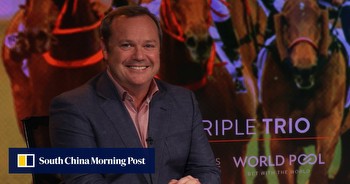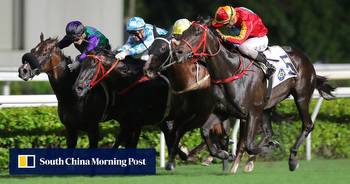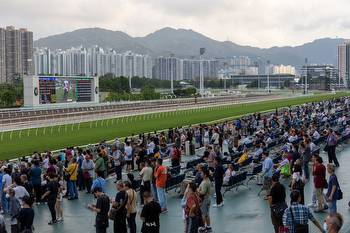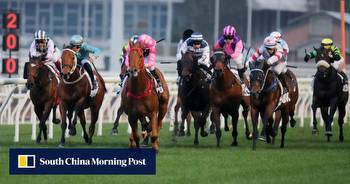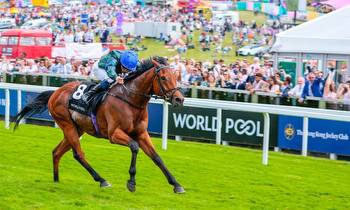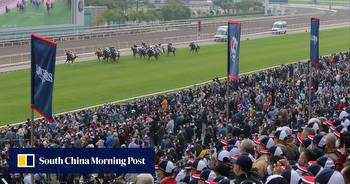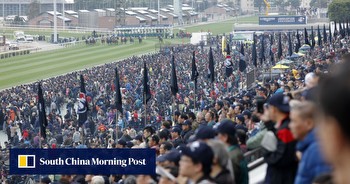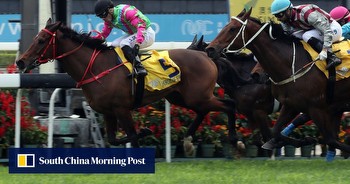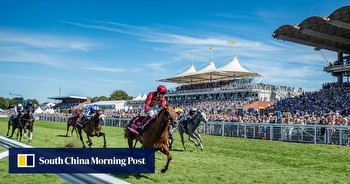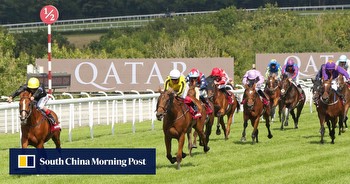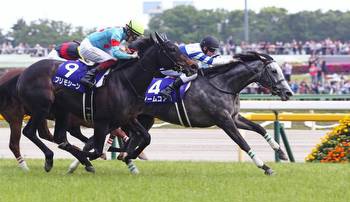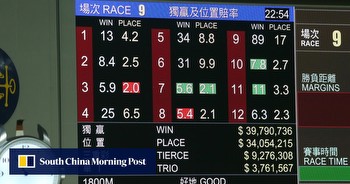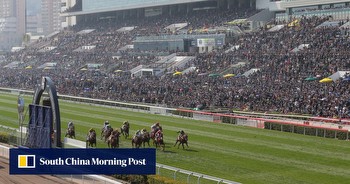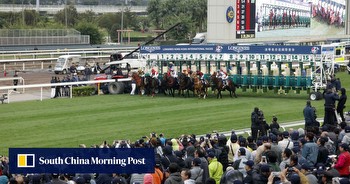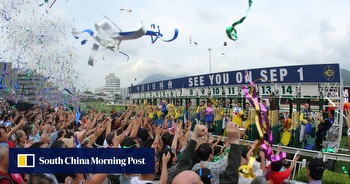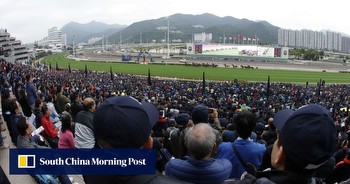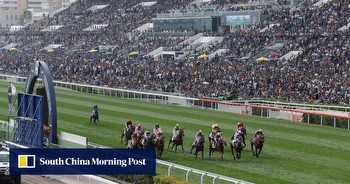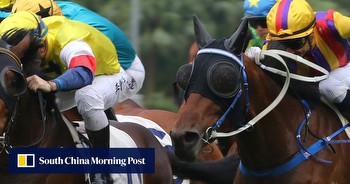Betfair ends Hong Kong racing experiment

Addressing your thoughts, questions and statements about Hong Kong racing. Have something to say? Send a tweet to @SCMPRacingPost.
Announcement: Betfair will no longer be offering markets on Hong Kong racing. We will continue to reach out to the Hong Kong Jockey Club to attempt to enter into a product fee and integrity agreement – @Betfair_Aus
The news Betfair Australia was halting its operation on Hong Kong racing certainly caught the Jockey Club by surprise.
It hadn’t heard anything from the wagering operator suggesting that was on the cards, only alerted to the change by a journalist seeking comment. It did receive a letter an hour later.
The Jockey Club has made its disdain for the betting exchange, and its approach, clear in recent weeks – most definitively in an open letter which demanded it cease and desist immediately.
The reason for that scathing document being made available publicly was because legally, Betfair Australia was absolutely within its rights to offer a market on Hong Kong racing.
It is a licensed wagering operator and it does not have a legal obligation to pay or be granted approval from an overseas jurisdiction to run an exchange on its product.
The Jockey Club does not pay product fees to bet on the English Premier League, or other international football leagues it holds markets on – it is not obligated to.
The letter was a scare tactic to remind Betfair Australia that it wasn’t going to go down without a fight (and it was putting on a lot pressure behind the scenes).
At the same time, Betfair was entitled to stand its ground and it did for a couple of weeks, hosting markets for three more meetings after the letter.
So why did it pull the plug on Friday, just four meetings after making a song and dance about its return to Hong Kong racing?
In short, the small turnover wasn’t worth the effort. It’s the same problem Betfair had when it ran the exchange for a short period in the early 2000s.
At the season opener, about A$420,000 (HK$2.23 million) was matched – the smallest race hold being A$21,365 and the largest A$65,774.
At the second meeting, the total was A$472,165 with a high of A$87,733 and a low of A$22,896 and it didn’t really get any better across the following two meetings.
For context, it is just a fraction of the Jockey Club’s betting turnover – the second meeting alone was HK$1.393 billion. Those totals also pale in comparison to what Betfair Australia holds on Melbourne and Sydney racing.
Given Betfair was collecting a 6 per cent commission on winnings (at most, some customers have better deals and pay a smaller commission) and an average race was worth about A$45,000, that means in a best-case scenario it was only collecting A$2,700 a race.
Once you take into account tax, paying MacBet for its markets to help guide punters, the cost of staff to monitor it all while also continuing to agitate the Jockey Club, it clearly wasn’t worth the trouble.
It is a shame for punters as there was definitely more value on the platform, but the lack of liquidity ultimately made it unsustainable.
Betfair Australia should be commended for having a go, but unfortunately it hasn’t worked out and it goes home with its tail between its legs.
There was a train of thought that by bowing to the demands of the Jockey Club, Betfair could be in a position to negotiate a deal with the Jockey Club – and its statement suggests it wants that – but there is a zero per cent chance of it happening.
The current administration will not hop into bed with any operator that allows punters to profit off a horse losing – so it is a complete non-starter.
Betfair has had informal conversations with the Jockey Club previously (the response was a hard no) and now it has failed despite going out on its own and ignoring the wishes of the governing body.
Given everything that has happened, it will be a long time (if ever) before we see Hong Kong racing on the Betfair Exchange again.

